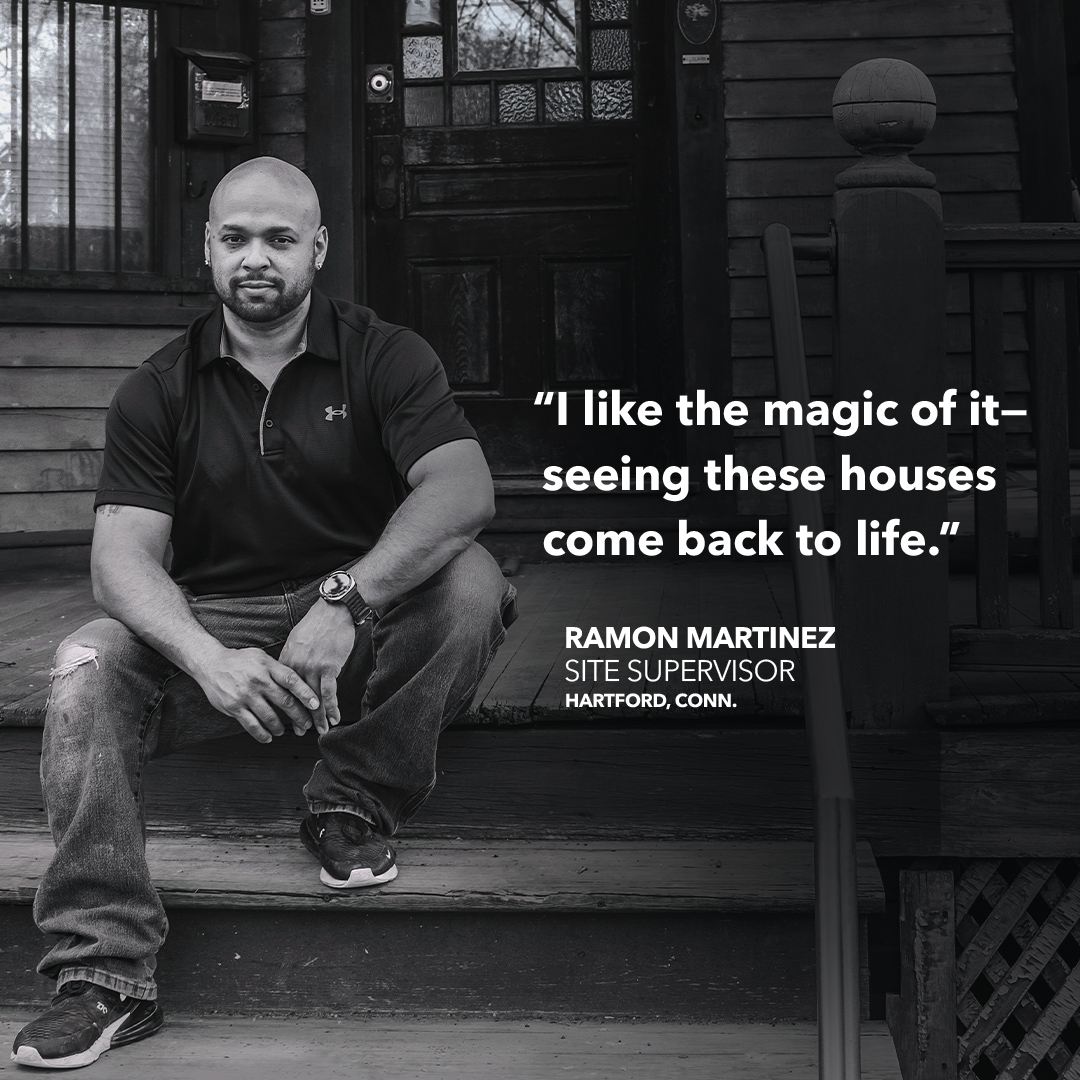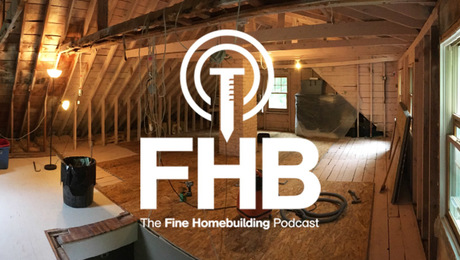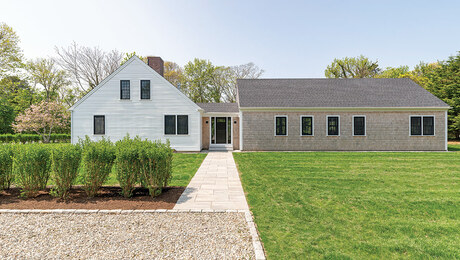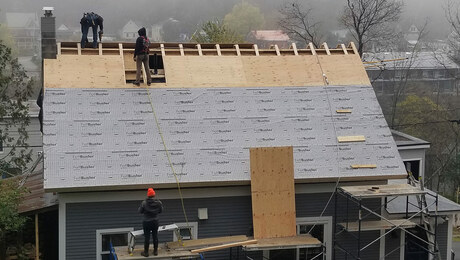Cape Cod Cottage: A House of Salvaged Bones
It takes an artist's eye to assimilate antique materials and finishes into a new house.
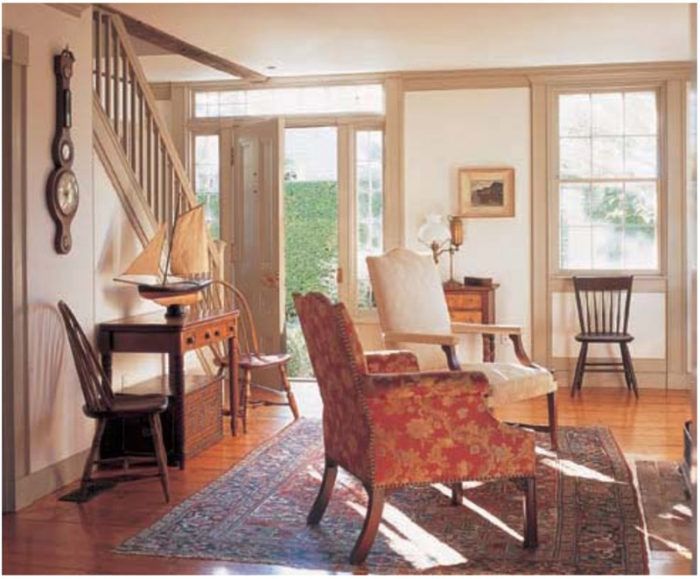
Synopsis: Architect Russell Versaci believes it is possible to design and create a new house that looks and feels like it has always been there. In his book In his book Creating a New Old House, he shows you how. In this excerpt, Versaci examines a Cape Cod cottage that has been revitalized with Federal period detailing, recycled pine floorboards, and some features unique to the Greek Revival Period. Although the house is not a restoration, the casual observer could easily be fooled.
John and Ginger Laytham recreated a classic Cape Cod cottage by hiring Gregory Schipa, a designer and builder with a historian’s eye for detail, honed by years of working on restorations. Although the house is not a restoration, the casual observer could easily be fooled. Greg blended new architectural details with antique building parts inside and out to create an authentic reproduction of a Cape Cod house, finished in the Greek Revival style that was popular in New England from 1820 to 1850.
The framework is a post-and-beam timber frame pulled from an 1836 Cape Cod–style house the builder dismantled in Vermont. Greg combined the Vermont structure with the timber frame of an old Nantucket fisherman’s cottage to create an L shaped wing for the Cape. But the foundations and wall finishes are new work crafted with authentic accuracy. The custom moldings and trim work were fabricated with historic profiles and dimensions to match vintage fittings. As a result, the new house looks as if it had aged gracefully, because it is built with a blend of reproduction and salvaged materials.
A classical cottage surprise
Though Nantucket is famous for its weathered shingle cottages from the early colonial days, the Laythams’ recreated house dates to the beginning of the nineteenth century, when whaling brought prosperity to the island. Early cottages with simple unadorned shapes and sober shingle exteriors were later refined with the classical details of the Federal and Greek Revival styles, a historic architectural evolution reflected in this new old house.
While the house is still considered a Cape, because it maintains the traditional story-and-a-half shape, the new house is a classical surprise. It is decorated in Greek Revival style, with some details that are new reproductions and others that are saved from an old Vermont house (circa 1836). Almost all of the elegant millwork patterns have been reproduced from remnants of the Vermont house. The vintage timber frames are wrapped in authentic Greek Revival details that look as if they dated back to the 1830s. These classical elements, painted white, are hallmarks of the Greek Revival style. White became the color of choice for New England houses after the Greek Revival took hold in the 1820s. In keeping with history, the new house is painted white to symbolize purity of character, a traditional virtue expressed in the style.
The front door’s surround is elaborately framed by a pair of classical square columns that support a frieze and cornice. Classical pilasters wrap each corner of the facade, and a wide frieze band runs across the front above the pilasters.
A traditional back ell
Though the facade appears symmetrical, it is actually unbalanced, with two windows on one side of the front door and only one on the other. This renders the cottage a three-quarter Cape, rather than a full Cape, which would have balanced pairs of windows. Many early cottages started out as a half Cape, with an off-center front door and two windows, but over time, they were extended in length to double the size of the house. Wings were often added off the backs of Capes to add depth to the house, forming a traditional kitchen ell.
For more photos and information on this classic Cape Cod cottage, click the View PDF button below.




